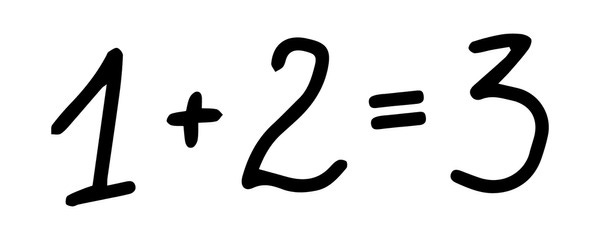If you’re naturally good at math, you probably don’t know why you’re good at it. You probably take the skills that make you good at math for granted. One of those skills is extreme, computer-like consistency. Even if you don’t think you’re that consistent, you’re probably very above average in the trait. Working with a child can restore some perspective about why math is so hard for many people.
This morning, my six year old daughter and I spent 30 minutes working through a lesson from Beast Academy, Book 1B. In this lesson, students learn that subtraction enjoys a limited commutative property — for example, 23 - 3 - 7 is the same as 23 - 7 - 3. If there’s more than one number being subtracted, you can switch those numbers around, but the initial number has to stay put. You can also combine the numbers being subtracted into one total, then subtract that from the initial: for example, 23 - 3 - 7 is the same as 23 - 10.
In doing this work with her, I’ve been constantly reminded of something that’s perhaps unsurprising: consistent execution is essential to success in math. So if it’s unsurprising, why am I bothering to write about it? Because it’s easy to underestimate just how important it is when you are relatively hard-wired with it. Normal students make all sorts of errors that a very mathematically-inclined person would not even conceive as possible to make.
For example, say you have a worked example for how you can calculate 23 - 7 - 3 by switching the order: first you write it as 23 - 3 - 7, then you subtract from left to right, going from 23 to 20 to 13. Now you’re asked to solve 41 - 7 - 1 with the same strategy. An experienced person will take for granted that the thing to be learned from the worked example is the strategy, which must be adapted to the problem at hand. So you shouldn’t use the numbers from the worked example to solve the new problem. You should use the numbers in the new problem. The beginner probably knows this at some level too. But she’s being asked to follow so many rules at the same time that it’s easy for one of them to drop out of working memory. In this way, 41 - 7 - 1 can suddenly turn into 23 - 3 - 7.
What’s interesting about this is the beginner does not have the same visceral reaction to watching 41 - 7 - 1 randomly turn into 23 - 3 - 7. For me, it feels like watching a train jump a track and barrel into a ditch. But for her, she’s genuinely just doing the best she can to follow the rules. The taste for object permanence in abstract, symbolic settings seems to be an acquired one. (Incidentally, she’s way better at concrete object permanence than her more mathematically-inclined dad and brother. Loses a lot less stuff, somehow!)



